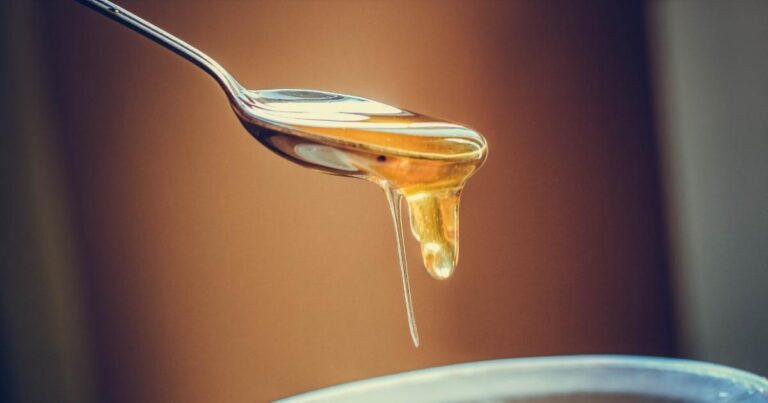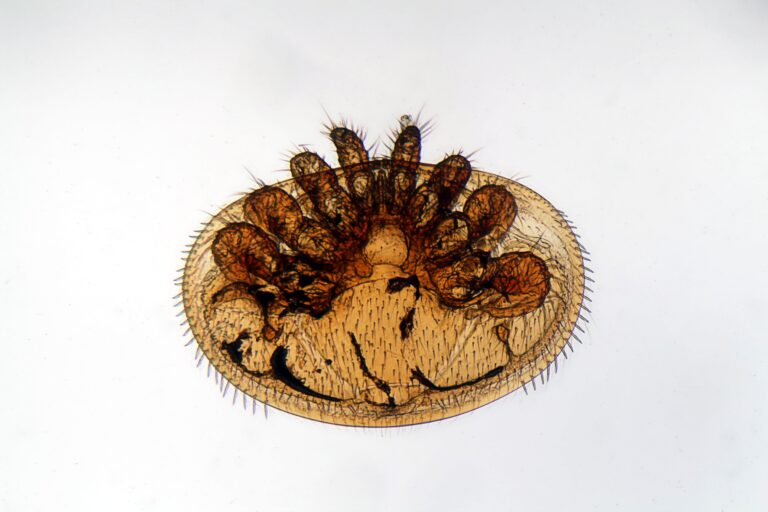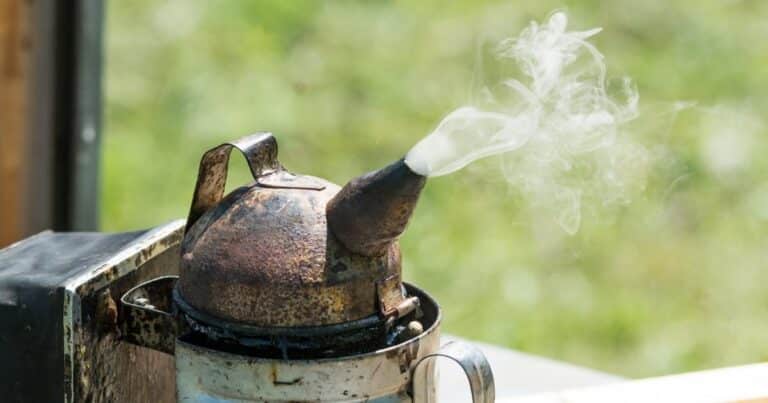Bees Show Us How Happy and Healthy Our Cities Really Are
Bees Show Us How Happy and Healthy Our Cities Really Are. As you know, I love to travel. And even though the countryside is the…
Bees Show Us How Happy and Healthy Our Cities Really Are.
As you know, I love to travel. And even though the countryside is the place I often feel most at home, the cities of the world have been some of my favourite playgrounds. Coming from Melbourne I understand how much a city can offer—people from all over the world, amazing food, sport, art, architecture, culture. I don’t venture into the CBD as much as I used to, but when I go there, I love to see the parks alive with people, and nature dotted around, even if that’s just a café’s potted plant collection.
A recent study from researchers, Kate E. Smith, Diane Hanano and Dominique Weis, from the University of British Columbia, outlined that in 2050, two out of three of all people will be living in a city location somewhere in the world. With that in mind, it becomes important to think about how we actually gauge how healthy—socially, culturally, economically—a city really is. But, perhaps most importantly, the environmental health of a city also needs to be considered—but how can we keep track of pollutants in our ever-growing cities?
In come the bees, back to save the day!
This group of researchers explained that a great way to track heavy metals and other pollutants was through honey. They describe this enquiry beginning with a simple question posed by the chief beekeeper, Julia Common, at Hives for Humanity, an NGO for beekeepers in Vancouver: how clean is Vancouver’s downtown honey? Dr Weis tested a sample of the honey from this area and found that actually it was cleaner than most others, well below the norm for traces elements including lead, titanium and cadmium. She also noticed that, through this testing, the honey provided excellent clues as to where the metals came from as they could be linked to land use and human activity near the hive.
There is a simple explanation behind this, as when bees forage, they pick up dust and other small particles along with the pollen and nectar that need; they carry those extra participles back with them and it ends up in the honey they make. Now, seeing as bees don’t actually venture that far from their home usually (around three kilometres at most) the honey can be seen as a wonderful “chemical snapshot” of what is happening in the surrounding environment! Just one more reason to fall in love with the world’s most industrious and helpful creatures.



